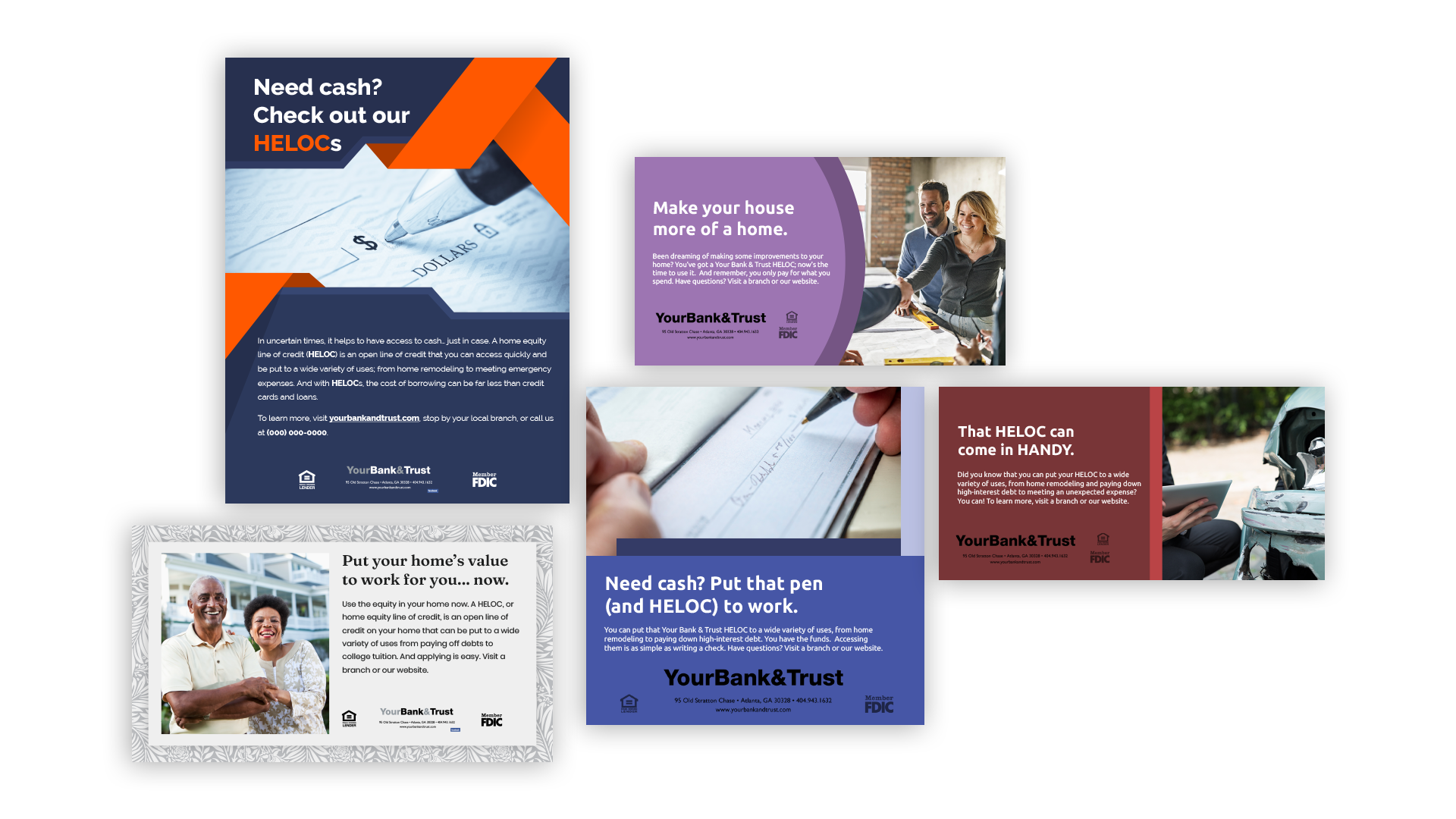
What’s in it for me? It sounds pretty selfish, doesn’t it? As if you’ll only give someone the help they’ve asked for unless you somehow benefit personally. In actuality, the question “what’s in it for me”? or WIIFM — as marketing folks who favor acronyms have dubbed it — is more of an answer than it is a question and serves as the very foundation of all effective marketing communication.
Harkening back to my agency days, which I like to do as you know, I remember the concept of WIIFM being drilled into all of us agency youngsters by the older, more experienced members of the creative department. It is so important a concept, that it is (or at least, SHOULD BE), an integral part of any Creative Brief. It certainly was back at the ad agency. It was so important, in fact, that we never took a single step in developing a campaign without getting the answer to that question. This required a deep dive into the demographic and psychographic characteristics of our target individual, which often meant plowing through lots of research decks or sitting behind one-way glass, eating M&M®s, and watching focus group attendees provide us with their thoughts on the product we were working on.
The “me” in WIIFM is, of course, the consumer. With the WIIFM concept, you, the marketing person, are putting yourself in the consumer’s shoes and wanting to know the answer to a very simple question: “What’s in it for me?”, or to put it in a blunter form, “why should I care?”
Effective marketing messaging is built on knowing one’s audience and knowing one’s audience certainly plays an important role in our lives, outside of marketing. Say, for example, you’re looking for a job. Do you start an interview by saying “let me tell you about myself?” No. You start by doing research before your interview, learning about the company and the individuals with whom you’ll meet. Where are they from? What are their roles? Where have they been and what have they done? What are their expectations? You use this information to make connections and build relationships. Only THEN, can you begin talking about the role and why you’re the ideal candidate.
One of the best examples I think I’ve ever seen of how an emotional connection can influence a decision was in a self-promotion print ad created by an ad agency. The ad’s visual was in the fashion of a split screen. On the left side, a young man was hitchhiking with a sign that simply said “Seattle.” On the right, we saw the same young man with a sign that read: “Home for Thanksgiving with Mom.” Which sign, do you think, will earn him a ride? (PS: This is by no means an endorsement of hitchhiking!)
If you perhaps read our early August blog entitled, “The creative brief roadmap. Who needs one? You do,” we talked a bit about “What’s in it for me?” and how instrumental it is in “getting into the head” (or more importantly, the heart) of your target individual and establishing that emotional connection. Here’s a community bank example. You have a low interest, no-fee balance transfer credit card that you want to take to market. You could focus on a product feature such as savings with an approach like, “we offer the credit card that will save you money.” Do that, and you probably won’t grab the attention of many people. Instead, what if your approach focuses not on what the card does but what it MEANS; with something like, “now’s the time for you to take a step toward financial security in these uncertain economic times”?
I truly believe that this user-focused (as opposed to product-focused) approach to your messaging is far more likely to resonate with your audience. It’s subtle, but notice the use of pronouns? In the product-focused approach, the word “we” is used, while in the user-focused version, we use “you.” I think you'll agree that your messaging is far more effective when you ask (and answer) the question, "what's in it for me?" And, when you always put your consumer first, using "you" instead of "we."
As always, I would love to hear your thoughts on the subject.
About Bank Marketing Center
Here at BankMarketingCenter.com, our goal is to help you with that vital, topical, and compelling communication with customers; messaging developed by banking industry marketing professionals, well trained in the development of effective marketing communication, that will help you build trust, relationships, and revenue. And with them, your brand. Like the below “HELOC” ads, for instance, which you'll find in our portal and, according to American Banker, are "back in vogue as lenders originated some $100.8 billion in home equity lines of credit, or HELOCs, through the first five months of the year." 
To view our marketing creative, both print and digital – ranging from product and brand ads to social media and in branch signage – visit bankmarketingcenter.com. You can also contact me directly by phone at 678-528-6688 or via email at nreynolds@bankmarketingcenter.com.
#bankmarketing #communitybankmarketing